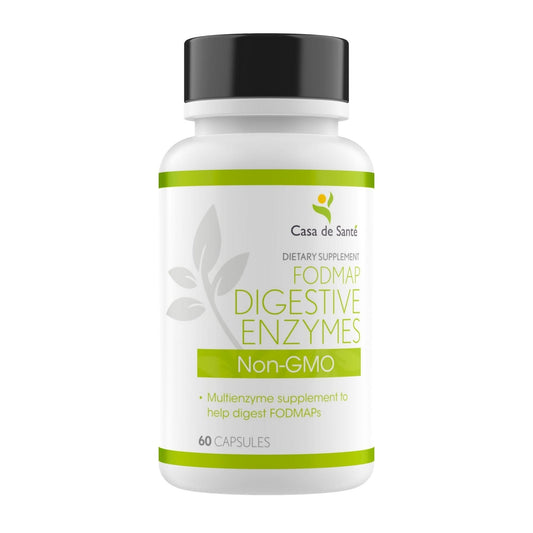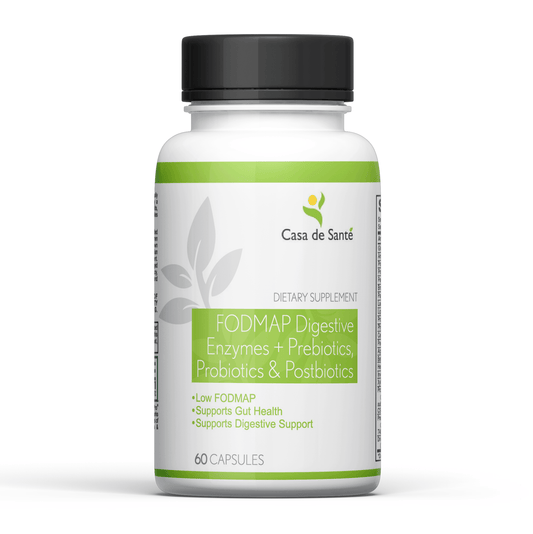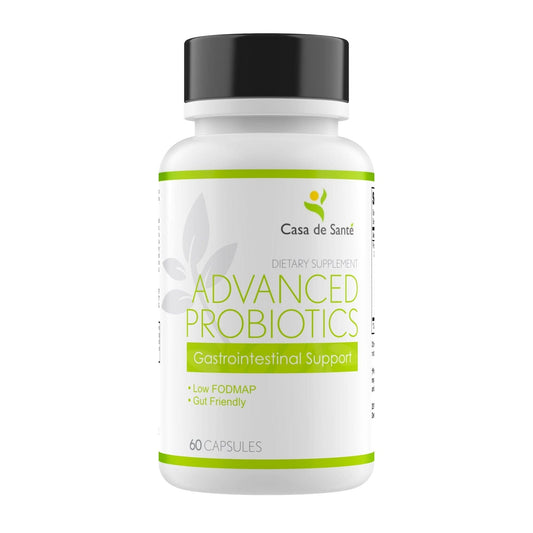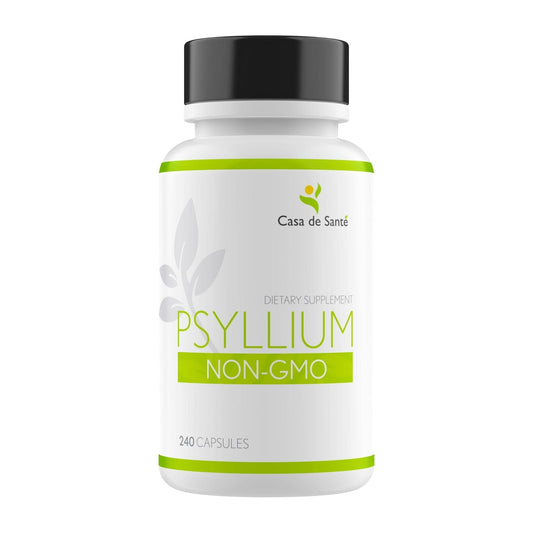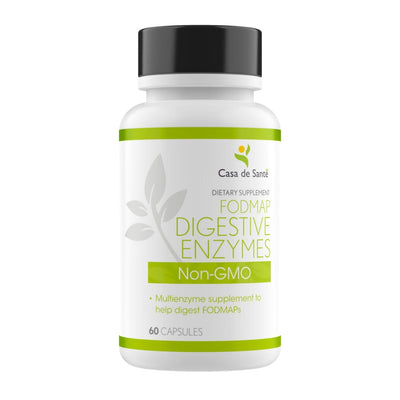Enzyme Tech: Revolutionizing Sustainable Solutions for Modern Industries
Enzyme Tech: Revolutionizing Sustainable Solutions for Modern Industries
In the quest for sustainability, industries worldwide are turning to nature's own catalysts: enzymes. These remarkable biological molecules are driving a quiet revolution across sectors from food production to pharmaceuticals, offering greener alternatives to traditional chemical processes. The rise of enzyme technology represents one of the most promising frontiers in sustainable industrial innovation, combining efficiency with environmental responsibility in ways previously thought impossible.
As climate concerns intensify and consumers demand more eco-friendly products, enzyme-based solutions are emerging as critical tools in the transition toward a circular economy. This shift isn't just about environmental benefits—it's transforming business models, creating new market opportunities, and redefining what's possible in industrial production.
The Science Behind Enzymatic Solutions
Enzymes are specialized proteins that act as biological catalysts, accelerating chemical reactions without being consumed in the process. What makes them extraordinary is their specificity—each enzyme typically catalyzes just one type of reaction or acts on a specific substrate. This precision allows for targeted industrial applications with minimal side reactions or waste products.
Unlike traditional chemical catalysts, enzymes operate under mild conditions—moderate temperatures, neutral pH, and atmospheric pressure. This translates to significant energy savings in industrial settings where harsh chemicals and extreme conditions have long been the norm. Additionally, enzymes are biodegradable and derived from renewable resources, making them inherently more sustainable than petroleum-based alternatives.
How Modern Enzyme Engineering Works
The field of enzyme engineering has evolved dramatically in recent decades. Scientists can now modify existing enzymes or even design entirely new ones with specific properties tailored for industrial applications. Techniques like directed evolution—which mimics natural selection in the laboratory—have yielded enzymes with enhanced stability, activity, and selectivity.
Companies like Novozymes and Genencor have pioneered methods to produce enzymes at industrial scale, making these biological catalysts economically viable alternatives to traditional chemical processes. Advanced computational tools and high-throughput screening methods have accelerated discovery, allowing researchers to identify promising enzyme candidates from vast libraries of possibilities.
From Laboratory to Industrial Scale
Scaling enzyme production from laboratory to industrial levels presents unique challenges. Manufacturers must optimize fermentation conditions, purification methods, and formulation techniques to ensure consistent quality and performance. Modern bioreactors can produce enzymes in quantities measured in tons, using carefully controlled conditions to maximize yield and activity.
The development of immobilization techniques has further enhanced industrial applications. By attaching enzymes to solid supports, manufacturers can create reusable catalysts that maintain activity through multiple production cycles. This approach has been particularly valuable in continuous manufacturing processes, where enzyme stability and longevity are crucial for economic viability.
Transforming Food Production and Processing
The food industry has embraced enzyme technology with remarkable enthusiasm. From cheese production to fruit juice clarification, enzymes are replacing traditional chemical and physical processes with more efficient, selective alternatives. Amylases break down starches in brewing and baking, proteases tenderize meat and clarify beer, and lipases modify fats to create specialized food ingredients.
Beyond process improvements, enzymes are enabling entirely new food products. The development of lactase supplements has created the lactose-free dairy market, while enzyme-modified cheese flavors reduce the need for aging and storage. Plant-based meat alternatives rely heavily on enzymatic processes to achieve meat-like textures and flavors, supporting the growing market for sustainable protein options.
Reducing Food Waste Through Enzymatic Solutions
food waste represents a massive sustainability challenge, with roughly one-third of all food produced globally going uneaten. Enzyme technology offers multiple approaches to address this issue. Pectinases and cellulases can extract more juice from fruits and vegetables, increasing yield and reducing waste. Enzymes can also extend shelf life by preventing staling in baked goods or delaying browning in cut fruits.
Perfect Day, a California-based food tech company, uses genetically engineered microbes to produce milk proteins through fermentation. Their process employs specialized enzymes to create dairy proteins identical to those found in cow's milk, but without the environmental impact of traditional dairy farming. The resulting proteins can be used in ice cream, cheese, and other dairy products, offering consumers sustainable alternatives that don't compromise on taste or functionality.
Cleaner Labels and Consumer Preferences
Consumer demand for "clean label" products—those with recognizable, natural ingredients—has driven food manufacturers to replace synthetic additives with enzyme-based alternatives. Enzymes can perform the same functions as chemical preservatives, emulsifiers, and texture modifiers, but are typically not listed as ingredients since they're processing aids rather than additives.
Enzymatic browning control in fresh-cut produce illustrates this trend perfectly. Rather than using sulfites or other chemical preservatives, companies like NatureSeal use enzyme-based formulations to prevent browning in sliced apples and other fruits. The result is a cleaner label and a more natural product that meets consumer expectations for minimal processing.
Revolutionizing Textile and Paper Industries
Traditional textile processing is notoriously resource-intensive, consuming vast quantities of water, energy, and chemicals. Enzyme technology has transformed these processes, offering more sustainable alternatives at nearly every stage of production. Cellulases replace pumice stones in creating stonewashed denim effects, amylases remove starch-based sizing agents, and catalases decompose excess hydrogen peroxide after bleaching.
The environmental benefits are substantial. Enzymatic processes typically operate at lower temperatures, reducing energy consumption by up to 40% compared to conventional methods. Water usage and chemical discharge are similarly reduced, addressing two of the textile industry's most significant environmental impacts.
Sustainable Paper Production
The paper industry has embraced enzyme technology to reduce its environmental footprint while improving product quality. Xylanases are now widely used in pulp bleaching, reducing chlorine consumption by up to 30% and decreasing the formation of harmful chlorinated compounds. Lipases remove pitch (sticky hydrophobic components) from pulp, preventing production problems and reducing the need for chemical treatments.
Enzymatic deinking of recycled paper represents another significant advance. Traditional deinking processes rely on caustic chemicals and intensive mechanical action. Enzyme-based approaches use cellulases and lipases to detach ink particles from fiber surfaces more gently and efficiently, preserving fiber quality while reducing chemical usage and energy consumption.
Biofuels and Renewable Energy Applications
The biofuel industry depends heavily on enzymatic processes to convert plant biomass into usable energy sources. First-generation biofuels, primarily ethanol from corn or sugarcane, use amylases and glucose isomerases to convert starches into fermentable sugars. These processes are well-established but limited by their reliance on food crops as feedstocks.
Second-generation biofuels address this limitation by utilizing non-food biomass such as agricultural residues, forestry waste, and dedicated energy crops. The challenge lies in breaking down recalcitrant lignocellulosic materials into fermentable sugars—a task perfectly suited to specialized enzyme cocktails.
Breaking the Cellulosic Barrier
Companies like Novozymes and Clariant have developed advanced enzyme formulations specifically designed to tackle the complex structure of lignocellulosic biomass. These cocktails typically include cellulases, hemicellulases, and accessory enzymes that work synergistically to efficiently deconstruct plant cell walls. The resulting sugars can be fermented into ethanol, butanol, or other advanced biofuels.
Raízen, a Brazilian energy company, operates one of the world's largest commercial-scale cellulosic ethanol facilities, producing fuel from sugarcane bagasse using enzymatic hydrolysis. Their process demonstrates the commercial viability of enzyme-based approaches to second-generation biofuels, turning what was once a waste product into a valuable energy source.
Beyond Ethanol: Expanding the Biofuel Portfolio
Enzyme technology is enabling the production of advanced biofuels beyond traditional ethanol. Engineered microorganisms equipped with specialized enzyme pathways can convert sugars into hydrocarbon fuels that more closely resemble conventional petroleum products. These "drop-in" biofuels are compatible with existing infrastructure and offer higher energy density than ethanol.
Renewable diesel and sustainable aviation fuel (SAF) represent particularly promising applications. Companies like Neste and Gevo are utilizing enzymatic processes in their production pathways, creating fuels that can reduce carbon emissions by up to 80% compared to fossil alternatives. As aviation and heavy transport seek to decarbonize, these enzyme-enabled fuels will play an increasingly important role.
The Future of Enzyme Technology
The enzyme technology landscape continues to evolve rapidly, driven by advances in protein engineering, computational biology, and high-throughput screening. Directed evolution approaches pioneered by Nobel laureate Frances Arnold have yielded enzymes with unprecedented capabilities, including the ability to catalyze reactions not found in nature.
Synthetic biology is further expanding possibilities, allowing scientists to design entire metabolic pathways incorporating multiple engineered enzymes. These systems can transform simple feedstocks into complex molecules, potentially replacing energy-intensive chemical synthesis routes with biological alternatives that operate under mild conditions.
Emerging Applications and Opportunities
Carbon capture and utilization represents an exciting frontier for enzyme technology. Researchers are developing enzymatic systems that can capture CO2 and convert it into valuable products ranging from building materials to chemical feedstocks. Carbfix, an Icelandic company, uses carbonic anhydrase—an enzyme that naturally catalyzes CO2 conversion in human blood—to accelerate the mineralization of carbon dioxide in basalt rock formations, permanently sequestering the greenhouse gas.
Plastic degradation and recycling offer another promising application area. Several research groups have identified and engineered enzymes capable of breaking down persistent plastics like PET (polyethylene terephthalate) into their constituent monomers. Companies like Carbios are scaling these technologies to commercial levels, potentially revolutionizing plastic recycling by enabling true circular economy approaches.
As enzyme technology continues to mature, we can expect to see increasingly sophisticated applications across industries, driving further improvements in sustainability, efficiency, and product quality. The biological catalysts that evolved over billions of years are now being harnessed and enhanced through human ingenuity, creating a powerful toolkit for addressing some of our most pressing industrial and environmental challenges.



